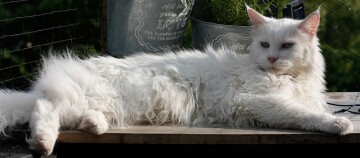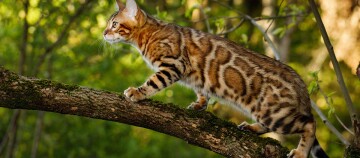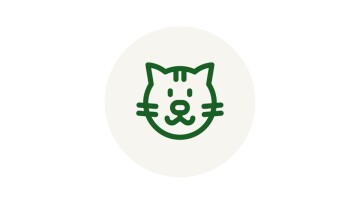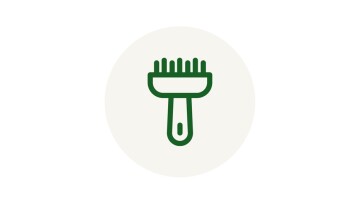Persian Cat - Eye-Catching with Character That Enchants People
01.01.2024 - Reading time: 4 minutes
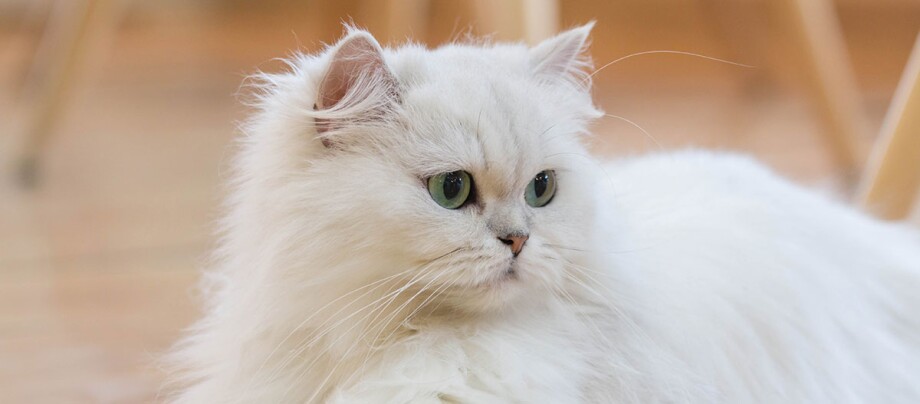
What actually makes the Persian cat one of the most popular pedigree cats? Many people who are not familiar with this breed ask themselves this question. Above all, their character might be one of the reasons. Because Persian cats are considered to be particularly calm, peaceful and serene. A contented Persian cat is actually very well-balanced and can usually be kept indoors without any problems.
NewsletterPersian Cat
Breed | Persian Cat |
Origin | inconclusive; popular assumption: Middle East (Iran), after more recent research probably Russian roots |
Size | average-sized to big |
Weight | average-sized to big |
Physique | stouter body, broad chest, short stocky legs, round paws |
head shape | broad round skull, rounded brow; short and broad muzzle with a conspicuous stop between the eyes; the nostrils must be open; nowadays more and more Persians “with nose” are being bred |
Eyes | orange to copper-coloured, big, round, far apart |
Coat and colour | long and thick, with an undercoat and a ruff on the chest and shoulders; all colours are allowed |
Coat care | daily brushing is absolutely necessary to avoid matting |
Special features | there should be tufts of hair between the toes |
Nature | friendly, balanced, gentle and uncomplicated |
Health | Occasionally problems with the kidneys and breathing |
The only negative with these cats is the time-consuming grooming required which must be done regularly. But it pays off – on average you can enjoy around 20 years with the lovely coat and devoted nature of your feline.
Persian cat: nature
Even if they often seem to look a bit grim due to their characteristic face shape and small nose, Persian cats are friendly and extremely cuddly. The relaxed and balanced character of a Persian cat makes the animal an ideal house companion that feels very comfortable as an indoor cat.
Persian cat: keeping and care
As opposed to other cats, Persian cats generally do not have a desire to roam; they like to be comfortable and relax on the couch instead of going out discovering things. Their coat, which can be up to 10 cm long, makes them quite high-maintenance. The thick undercoat should not get matted, which is why they should be brushed and combed for around 15 minutes every day or second day. So there are no problems in the future it is best that Persian cats get used to regular grooming as a wellness programme when they are kittens. With a soft brush and comb, you work your way downwards from the head towards the tail – which should only be brushed and not combed. Otherwise the lovely tail fur can be pulled out. If matting is present, combing aids like sprays with hair care oils can help untangle the fur.
Persian cat colours
The colour spectrum of the Persian cat was set when breeding started: black, white and blue. Since then, Persian cats slink through apartments and exhibitions in all sorts of colours and patterns, including multi-coloured ones. Additional colours like lilac or chocolate are increasingly breed as well. A colour variant of the Persian cat, which has been recognised as an individual breed in the meantime, is the so-called Colourpoint that was created by crossing with Siamese cats.
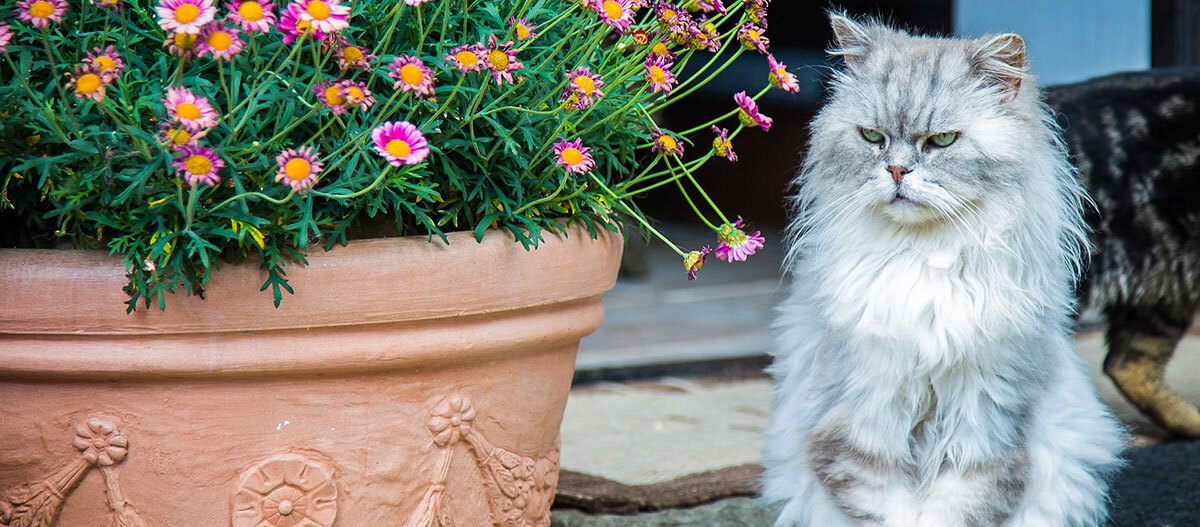
History of the Persian cat
The systematic breeding of Persian cats began in the middle of the 19th century in England. There is a lot of speculation surrounding the origins of the ancestors of the first breeding animals. Initially it was assumed that the lineage was from Persian long-haired cats and Angora cats. However, newer investigations locate the genetic roots of the Persian cat stem from long-haired domestic cats from Russia. The earlier examples, that were shown in the first cat exhibition in London in 1871, hardly looked like the modern Persian cat. Over the course of its breeding history, the coat of the cat became more and more lush, the body stockier, and the nose flatter. The Persian cat was a hit in the 1970’s, especially in the USA. This resulted in serious problems for the animals with breathing and the tear ducts. Luckily, European breeders are now ensuring that there are Persians with proper noses. The name “Persian” itself only entered the terminology at the beginning of the 20th century with the first breeding associations.
Special characteristics of Persian cats
Persians eat with their tongues instead of their teeth so it is very important to pay attention to the right consistency when feeding. Since the beginning of the century there have been more Persian cats true to type that correspond to today’s breed standard and are very healthy. It pays to search for them as then not only the tendency towards brachycephaly – i.e. problems with breathing, and as such also with thermal regulation – is less. Watery eyes and hereditary kidney disease are also less likely in these animals. The latter only occurs at an advanced age but an ultrasound examination can clarify a tendency towards it at an early stage. With the right care Persian cats can grow as old as other breeds, even 20-year-olds are not a rarity.
Video: “All about the Persian cat”
Persian cat breed portrait
There is almost no breed more admired and famous than the Persian cat. But it’s popularity is not only because of its eye-catching appearance. Above all, it’s their character that enchants people.
